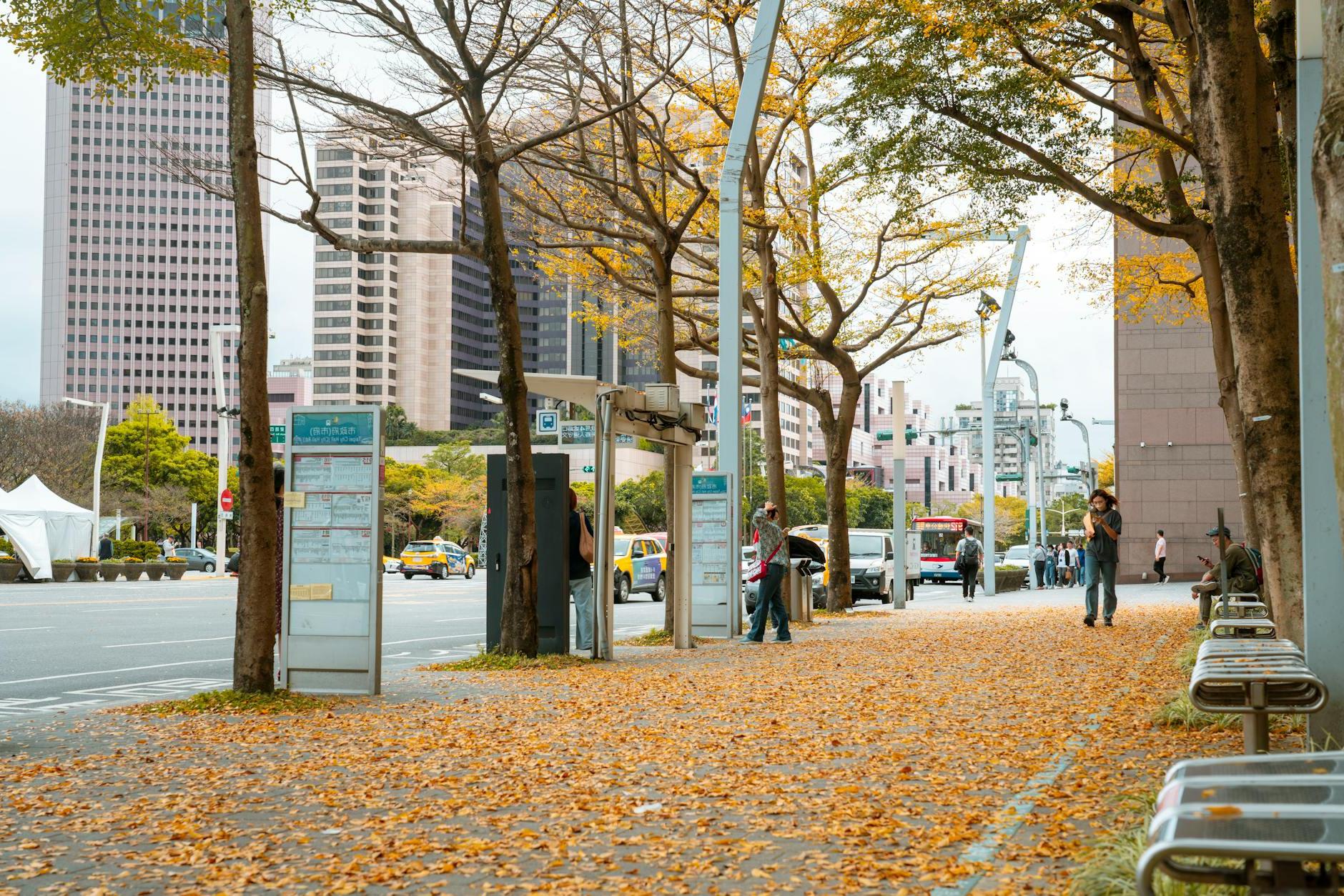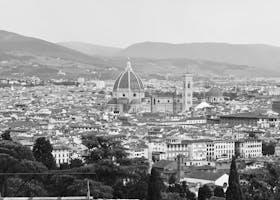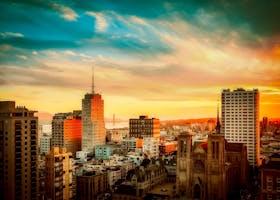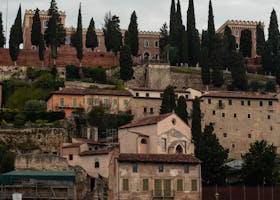Discover Padua: 10 Must-Visit Spots in This Italian Gem
Posted on June 4, 2024 • 10 minutes • 1919 words
Table of contents
Welcome to Padua, a charming Italian city filled with history, art, and culture. Situated just a stone’s throw from Venice, Padua (or Padova in Italian) offers a more intimate, less crowded experience while still captivating visitors with its stunning sights. Many travelers flock to Padua during the warm, sunny months of late spring to early autumn, when the city’s vibrant street life and open-air events are in full swing. But don’t worry—no matter when you visit, there is always something special to discover in this timeless gem. Let’s dive into the top 10 must-visit spots that make Padua truly unforgettable.
10 best things to see in Padua
10. Prato della Valle
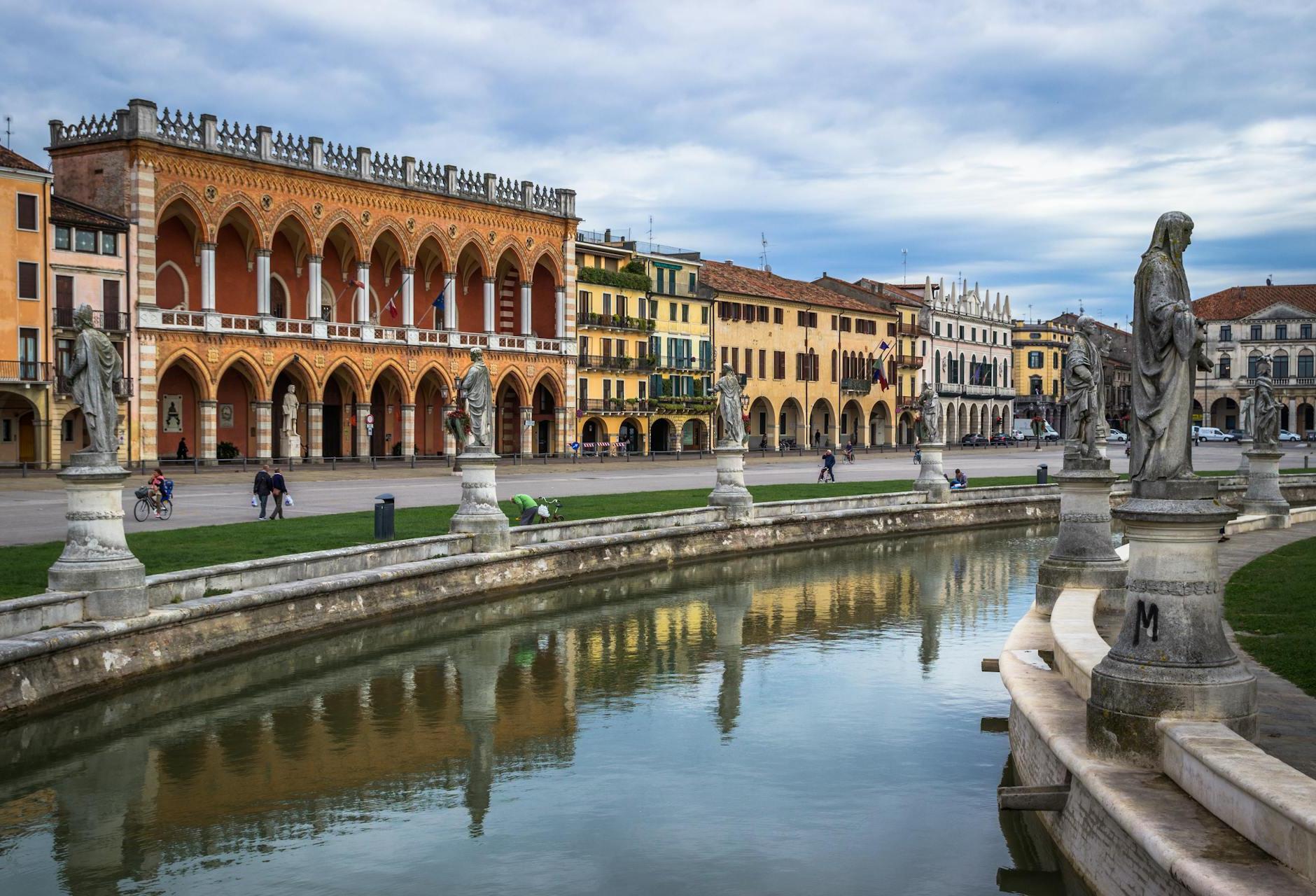
When visiting Padua, you absolutely must see Prato della Valle, one of Italy’s largest and most beautiful squares. This oval-shaped square is surrounded by a stunning canal lined with 78 statues of famous figures. It’s a peaceful place to relax, take a stroll, and soak in the history. To get there, you can easily take a bus or tram from the city center, or even enjoy a pleasant walk if you’re nearby. Pay attention to the intricate details of the statues and the bustling market that often sets up on weekends. Don’t forget your camera – the lively atmosphere and picturesque scenery are perfect for photos!
9. Orto Botanico di Padova
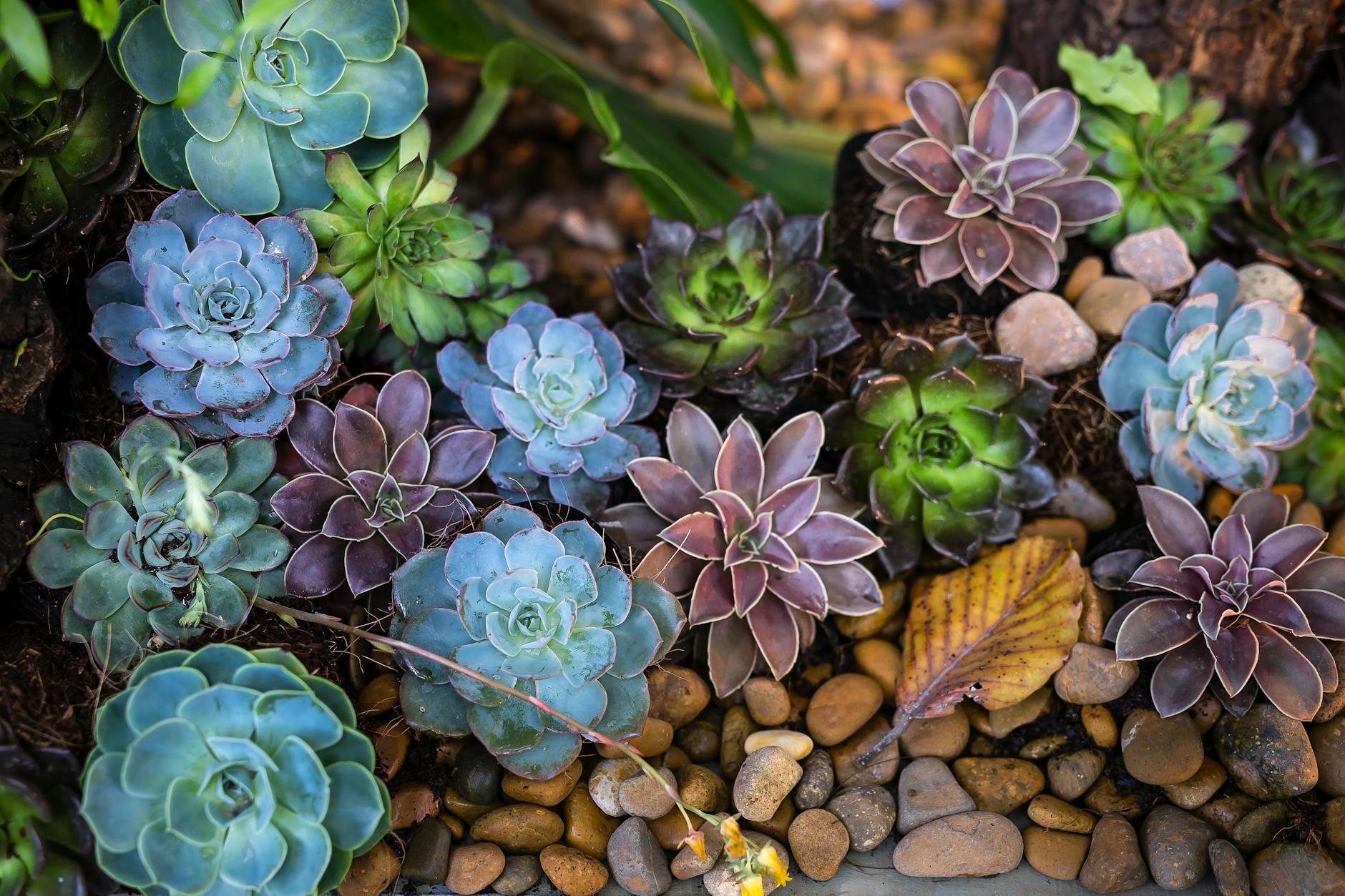
When you visit Padua, make sure to include the Orto Botanico di Padova in your itinerary. This stunning botanical garden is not only beautiful but also the oldest university garden in the world, founded in 1545. It offers a peaceful escape with over 7,000 plant species to explore. To get there, you can take a short walk from the city center or hop on a bus; it’s well-connected by public transport. Look out for the historic water features, rare plants, and the Palm House, which houses exotic tropical plants. Enjoy the serene atmosphere and soak in the rich history of this UNESCO World Heritage site.
8. Palazzo della Ragione
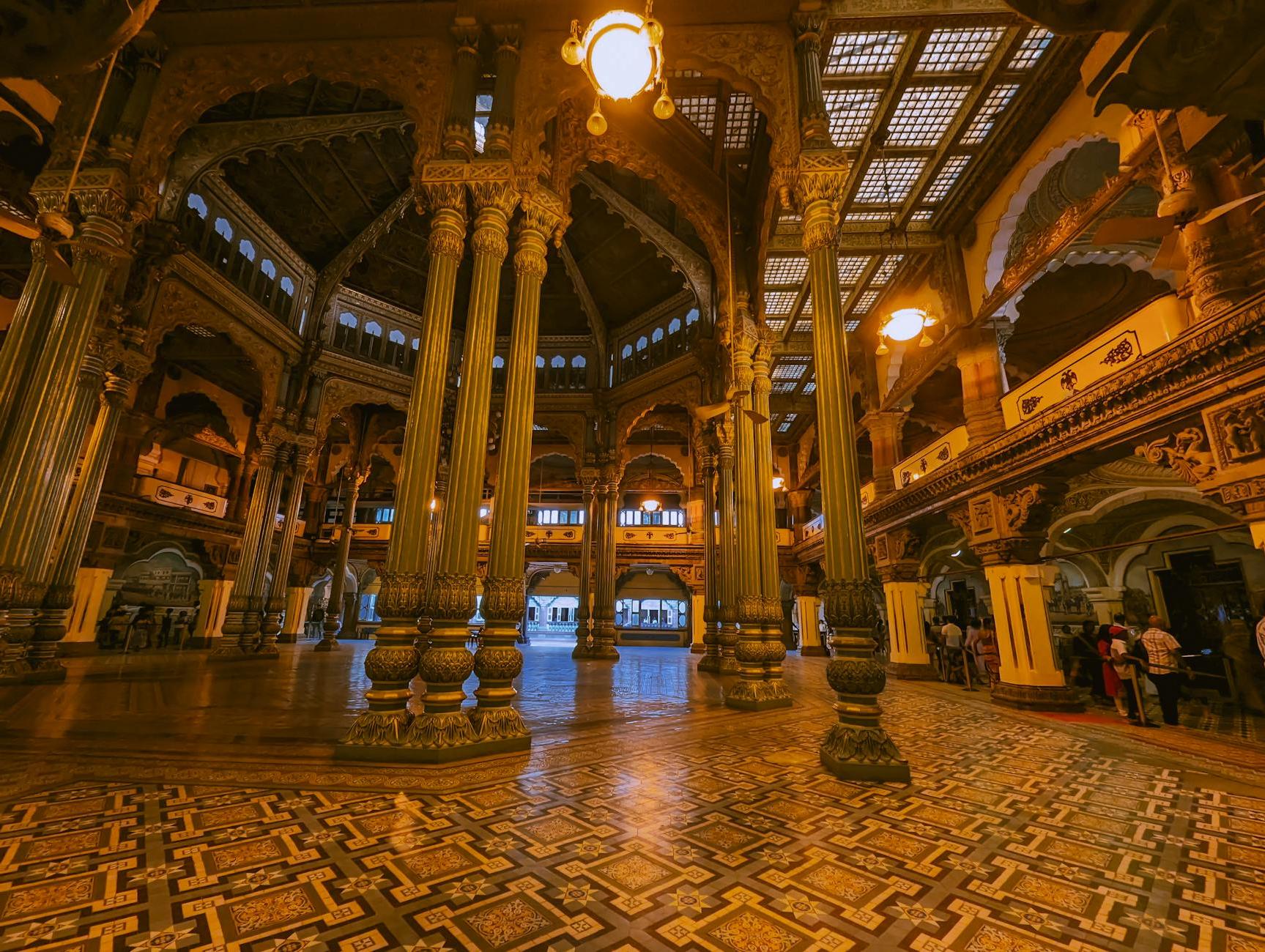
When visiting Padua, you should definitely check out the Palazzo della Ragione. This historic building, dating back to 1218, offers stunning medieval architecture and an amazing frescoed ceiling that’s sure to leave you in awe. The Palazzo was originally used as a courthouse, and now it’s a vibrant cultural spot where you can learn about the city’s rich history. To get there, you can take a bus or tram to Piazza delle Erbe, as the Palazzo is located right in the heart of Padua. Be sure to explore the nearby markets, and don’t miss the chance to see the Zodiac Hall upstairs, which features detailed frescoes representing astrological signs.
7. Scrovegni Chapel
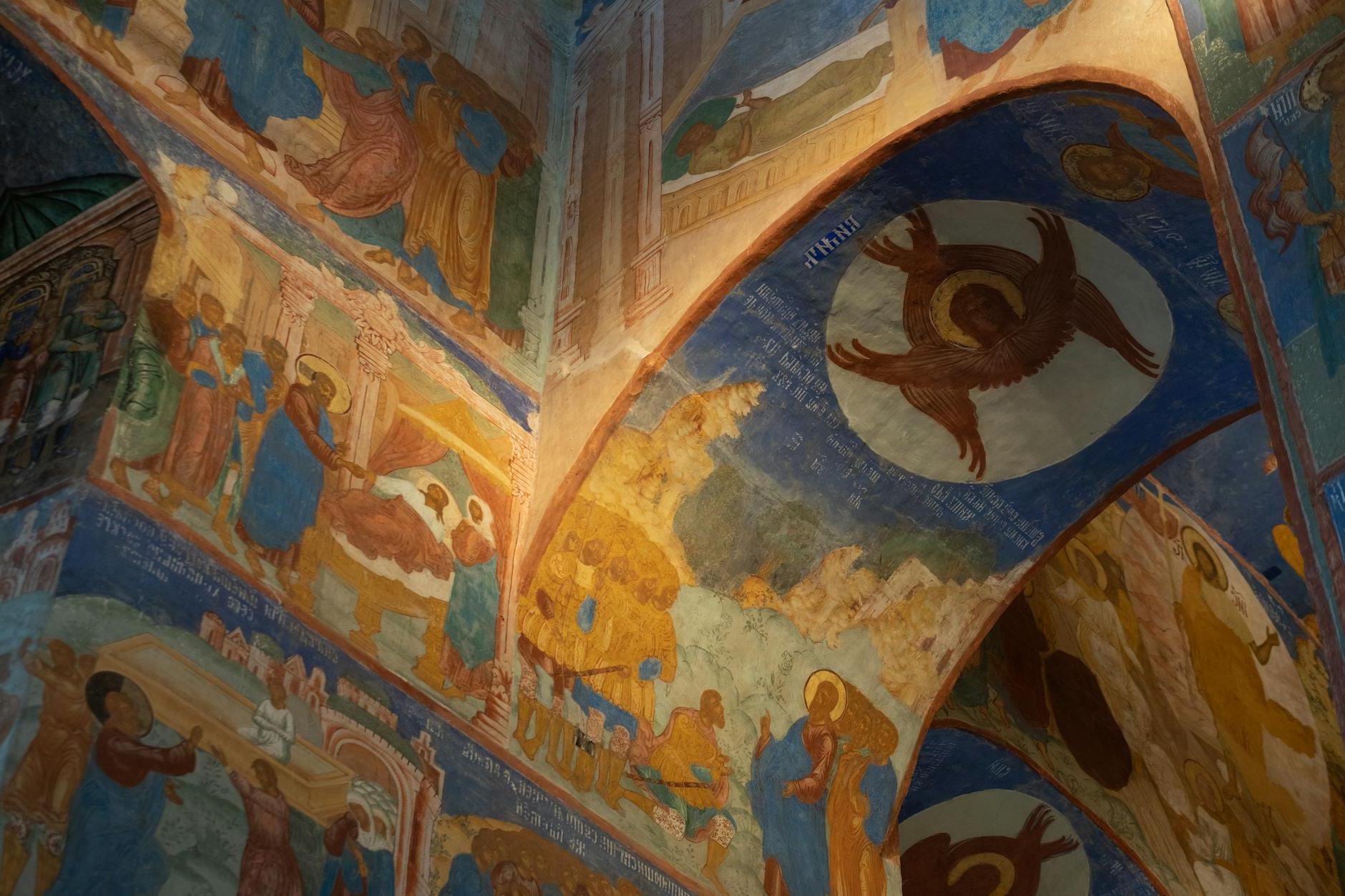
When you visit Padua, make sure to see the Scrovegni Chapel, a true gem of Italian art and history. This chapel is famous for its stunning frescoes painted by Giotto, which date back to the early 14th century. These frescoes vividly depict scenes from the life of Christ and the Virgin Mary, offering a vibrant glimpse into medieval artistry.
Getting there is easy. The chapel is centrally located in Padua, just a 10-15 minute walk from the Padua train station. You can also take a local bus if you prefer. Once you arrive, pay special attention to the intricate details in Giotto’s work, especially the expressive faces and realistic emotions that were groundbreaking for their time. Remember to book your tickets in advance as visitor numbers are limited to help preserve the artworks.
6. Basilica of St. Anthony of Padua
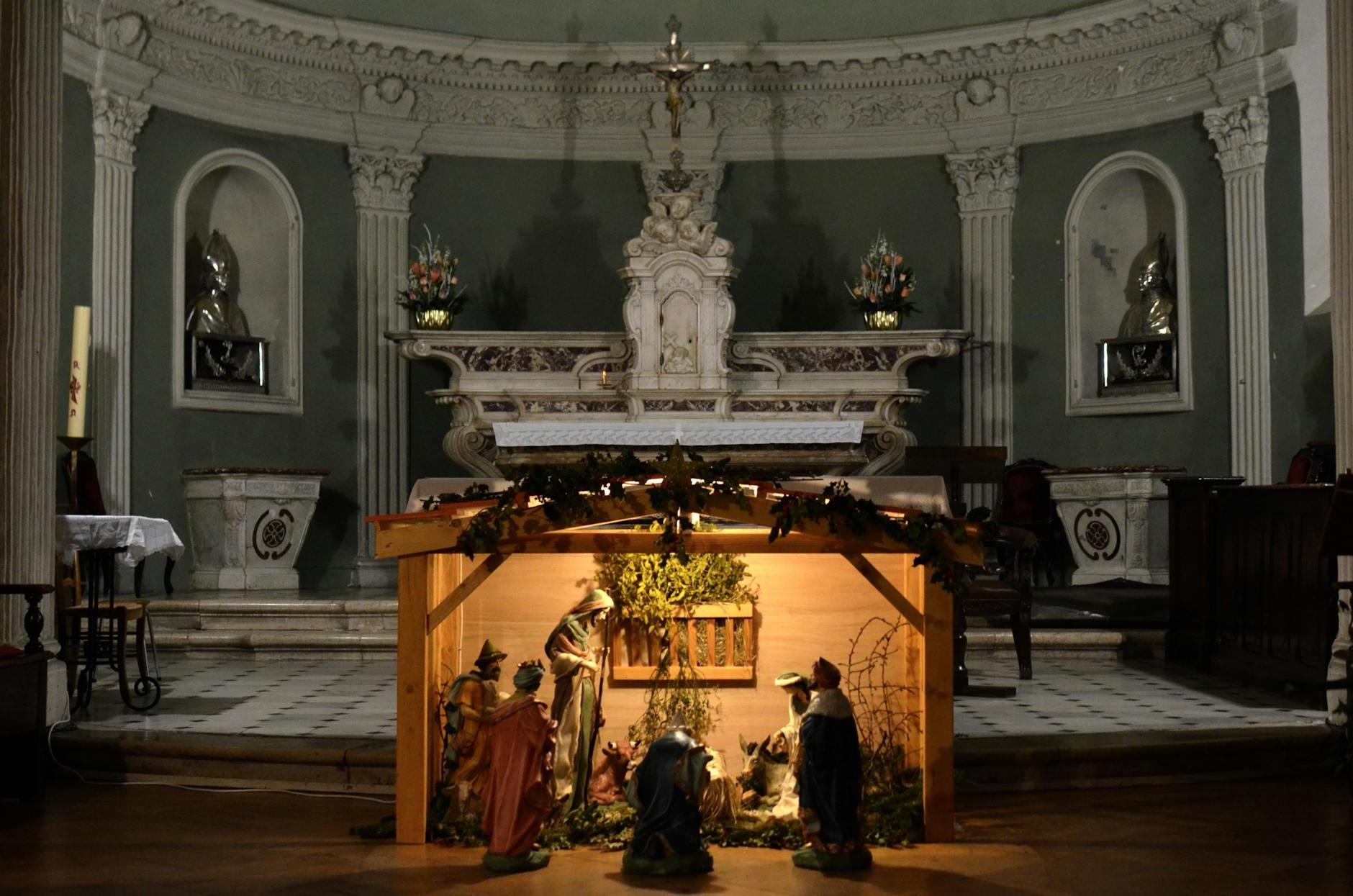
When you’re in Padua, a visit to the Basilica of St. Anthony of Padua is a must. This stunning church is not only a place of worship but also a treasure trove of art and history. You can marvel at the beautiful frescoes, intricate sculptures, and the tomb of St. Anthony himself. Getting there is easy; simply take a short walk from the city center or hop on a local bus. Once inside, make sure to see the Chapel of the Relics, where precious items related to the saint are displayed. Pay attention to the grand architecture and serene atmosphere, and don’t miss the peaceful cloisters for a moment of quiet reflection.
5. University of Padua

If you’re visiting Padua, you absolutely must explore the University of Padua, one of the oldest and most prestigious universities in Europe, founded in 1222. It’s not just a place for students; it’s a living museum rich with history and culture. Here, you can marvel at the stunning ancient architecture, visit the historic anatomy theater where the famous scientist Galileo once lectured, and the world’s oldest university botanical garden, Orto Botanico di Padova, which is a UNESCO World Heritage site.
To get there, you can easily walk if you’re staying in the city center, as Padua is very pedestrian-friendly. Alternatively, you can take a bus or tram and get off at “Ponti Romani” or nearby stops. Once there, make sure you check out the guided tours for a deeper understanding of the university’s rich history. Keep an eye out for the beautiful murals and the ornate Aula Magna, where many significant historical figures have presented over the centuries.
4. Caffè Pedrocchi
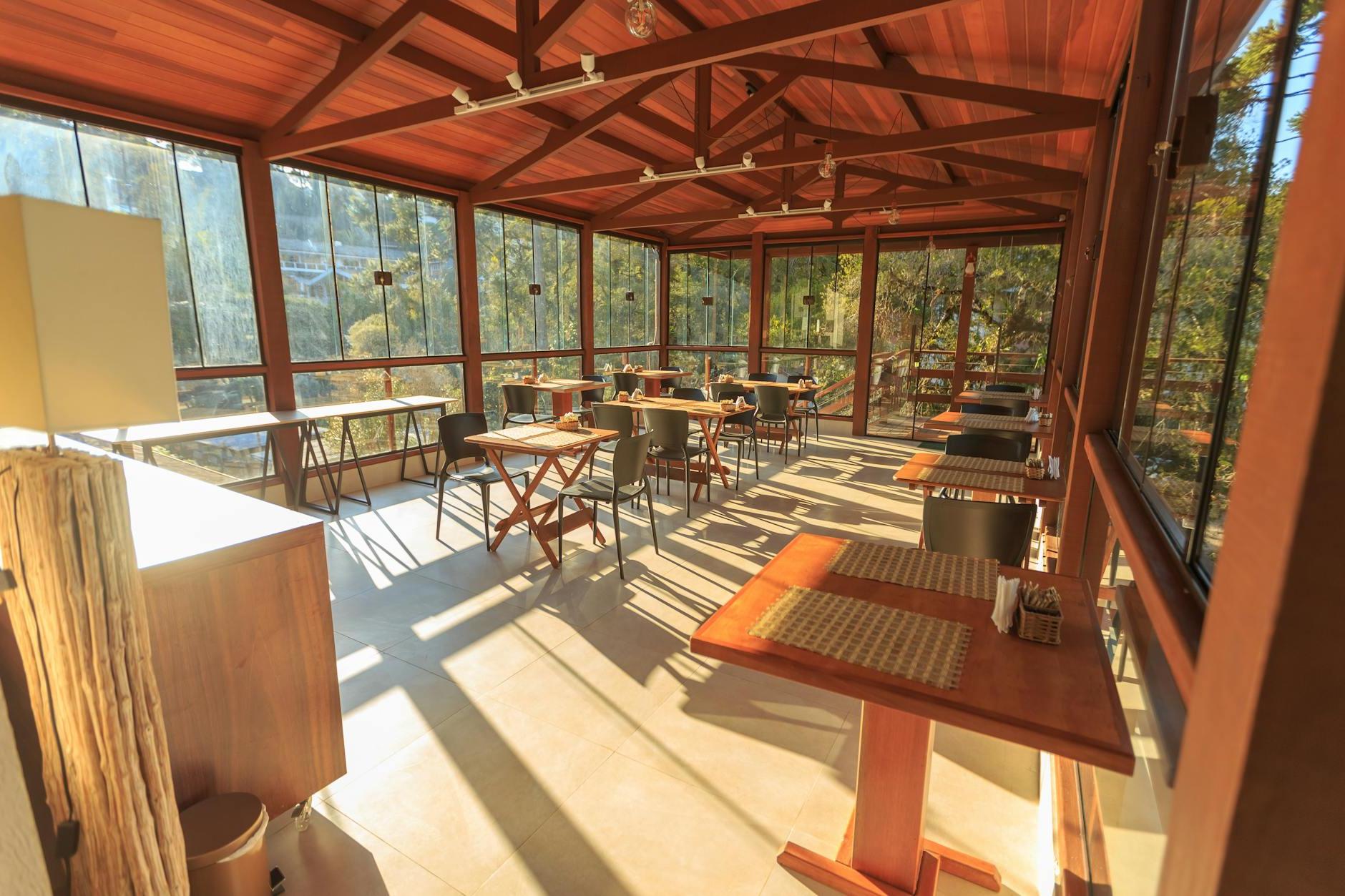
When you’re in Padua, visiting Caffè Pedrocchi is a must! This historic café, known as the “café without doors,” has been a cultural hub since 1831. It’s not just a spot for delicious coffee and pastries; it’s also a place where artists, writers, and students gather, giving it a vibrant and lively atmosphere. To get there, simply head towards the city center, and you’ll find it near the University of Padua, close to Palazzo Bo. Look out for its imposing neoclassical architecture. Once inside, make sure to try their famous mint coffee, a local specialty. Also, the upstairs rooms often host art exhibitions, so there’s always something interesting to see!
3. Piazza dei Signori

When you’re in Padua, you simply can’t miss visiting Piazza dei Signori. This charming square is the heart of the city’s historic center and offers a glimpse into the rich past with its stunning architecture. The iconic clock tower, known as Torre dell’Orologio, is a major highlight you won’t want to miss. To get there, you can easily walk from the Padua train station, which is about a 20-minute stroll through the picturesque streets. Alternatively, you can take a tram towards the city center and get off at the “Ponti Romani” stop, which will bring you close to the Piazza. Once there, make sure to soak in the lively atmosphere, especially in the evenings when cafés and restaurants around the square come to life, offering local flavors and a taste of Italian culture.
2. Musei Civici agli Eremitani
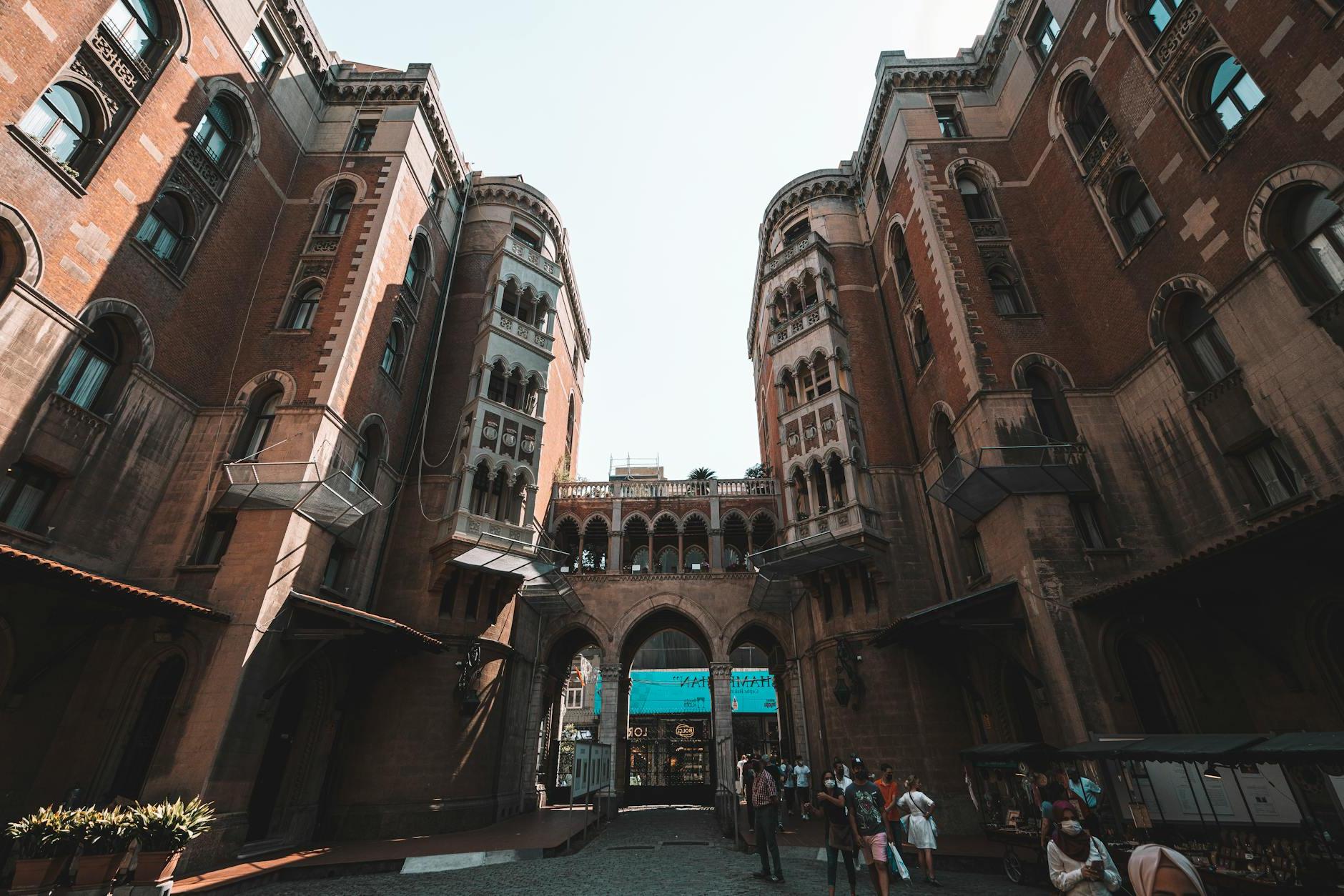
When you’re in Padua, make sure to visit the Musei Civici agli Eremitani, a fascinating museum that showcases the rich history and art of the region. Located in the city center, it is housed in a beautiful historic building next to the Church of the Eremitani. You can easily get there by taking a short walk from Padua’s main train station or by hopping on a local bus that stops nearby. Inside the museum, don’t miss the impressive collection of Renaissance art, ancient artifacts, and medieval frescoes. One highlight is the magnificent frescoes by Andrea Mantegna in the Ovetari Chapel. Keep an eye out for the special exhibits that often feature rare and exciting pieces. With so much to explore, the Musei Civici agli Eremitani is a must-see for anyone interested in art and history.
1. Cappella degli Scrovegni
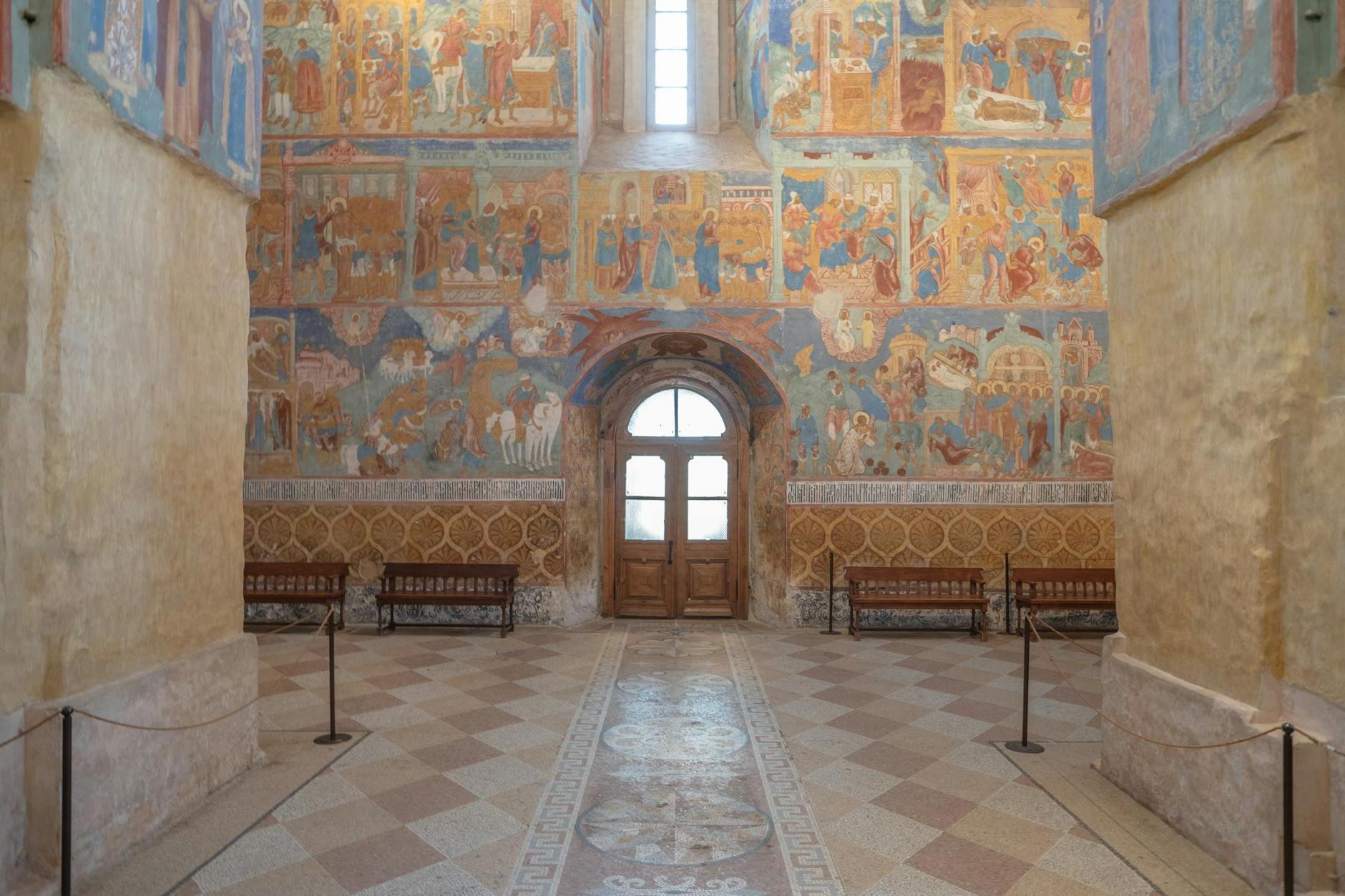
If you find yourself in Padua, a visit to the Cappella degli Scrovegni is a must. This small chapel is famous for its stunning frescoes by the Italian painter Giotto, which depict the life of Jesus and the Virgin Mary in vivid colors and rich detail. To get there, you can take a short walk from the central train station or catch a local bus. It’s important to book your tickets in advance, as visitor numbers are limited to protect the artwork. Don’t miss the chance to see one of the greatest masterpieces of Western art history up close!
Frequently Asked Questions
1. What is the best time of the year to visit Padua?
The best time to visit Padua is from April to June or September to October. During these months, the weather is mild and pleasant, perfect for exploring the city’s historic sites and beautiful gardens. Summer crowds have either not yet arrived or have started to thin out, making it more enjoyable to tour around. If you are looking for a more budget-friendly trip, consider visiting in the winter months, from November to February. While it can be chillier, hotel rates and airfares are often lower, and the city is less crowded, giving you a more authentic experience.
2. Should I rent a car in Padua?
Renting a car in Padua can be a good idea if you plan to explore the surrounding countryside or visit nearby cities like Venice or Verona. However, keep in mind that the city’s roads can be narrow and busy, especially in the historic center. Traffic can be challenging, particularly during peak hours. Parking in Padua is also limited, and finding a spot can be difficult and expensive. If you prefer not to drive, Padua has efficient public transport options, including buses and trams, that can take you around the city. Taxis are also available, though they can be pricier. For a stress-free experience, consider using public transport or taxis if you’ll be staying within the city.
3. What are different ways to get to Padua?
Getting to Padua is easy with several options available. If you’re flying, nearby airports include Venice Marco Polo Airport and Treviso Airport, both about 40 minutes away by car or shuttle. Trains are a convenient and quick way to reach Padua from major cities like Venice, Milan, and Bologna, with direct connections available frequently. Buses also run regularly from various Italian cities and provide a budget-friendly alternative. If you prefer to drive, Padua is accessible via major highways such as the A4, making it a straightforward journey from cities like Venice (around 30 minutes), Milan (about 2 hours), and Bologna (roughly 1.5 hours). Whether you choose to fly, take a train, bus, or drive, you’ll find that getting to Padua is straightforward and convenient.
4. Are there things to do with children in Padua?
Absolutely! Padua offers plenty of fun activities for kids. Start with a visit to the Museum of Geology and Paleontology, where children can marvel at dinosaur skeletons and fossils. The Botanical Garden, one of the oldest in the world, provides a beautiful and educational stroll. Prato della Valle, the largest square in Italy, is perfect for running around and enjoying a picnic. You can also explore the Butterfly Arc, a magical place where kids can see colorful butterflies up close. With parks, museums, and interactive exhibits, Padua is a great destination for families with children.
5. Is Padua safe to travel to?
Yes, Padua is generally safe to travel to. This charming Italian city is well-known for its historic sites and beautiful art, attracting many tourists every year. While Padua is safe, like any city, it’s wise to take some precautions. Petty crimes, such as pickpocketing or purse-snatching, can happen, especially in crowded tourist areas. To stay safe, keep your valuables out of sight, be aware of your surroundings, and avoid leaving your belongings unattended. By following these simple steps, you can enjoy your visit to Padua without any worries.

